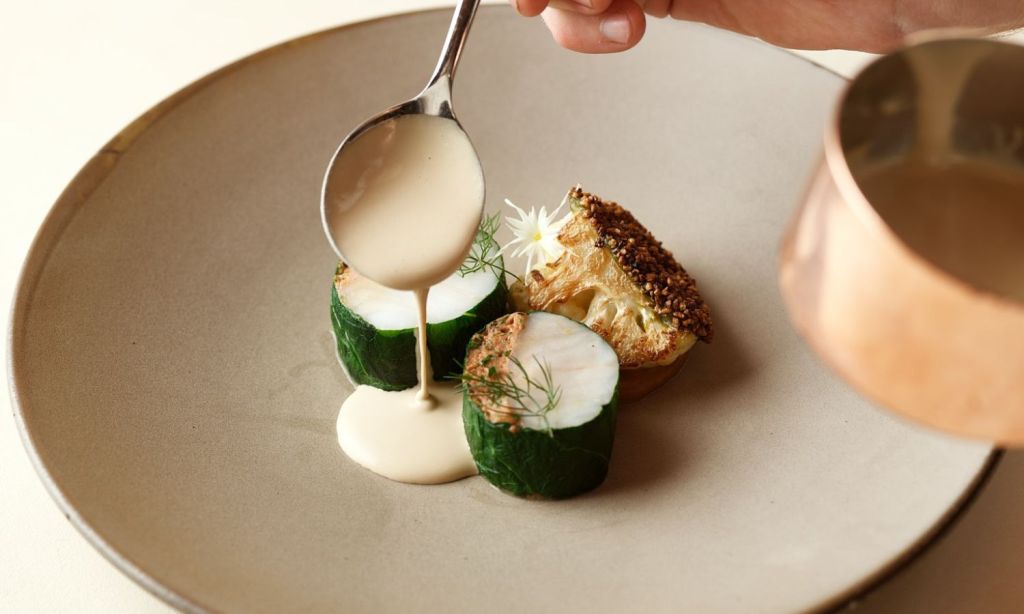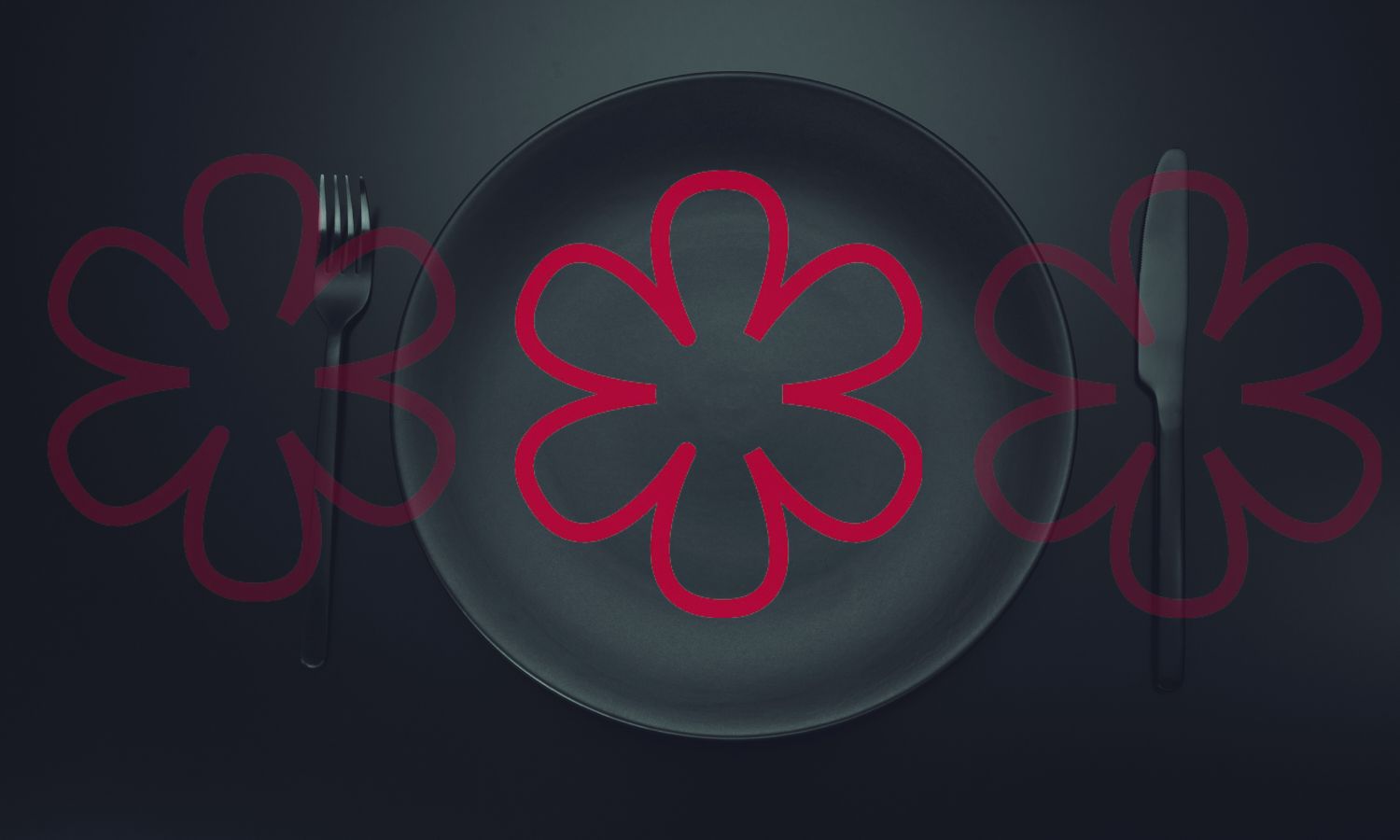CW/TW: This article mentions suicide and mental health conditions.
The Michelin Guide as we know it today is a road map to the world’s best restaurants. Although it was never intended to be the ostentatious grading system, it has evolved into. When brothers André and Edouard Michelin founded their tyre company, they wanted a way to convince people to take road trips. Keep in mind this was at a time when there were fewer than 3,000 cars on the road in France. Their reason was valid. The more people drive, the more tyres they would buy. So, they put together a small red guide filled with handy information any road tripper would find helpful, including how to change a tyre and where to go.
At the time, their guide was dispensed to the public gratis, but, as is often the case, nothing in life remains free indefinitely. Two decades down the road, André Michelin had a rather eye-opening revelation when he stumbled upon one of their revered guides propping up a workbench. The result was the introduction of a revamped Michelin Guide in 1920, priced at a modest seven francs, following the philosophy that “one truly values what they pay for.”
The revised guide offered Parisians a comprehensive listing of restaurants and hotels, which proved popular for readers. The Michelin brothers swiftly caught wind of the buzz, dispatching clandestine epicurean agents to dine anonymously and provide candid reviews. Their commitment to exclude paid advertisements from the guide, a stance that bears some scrutiny today (more on that later), remained unwavering. Notably, it wasn’t until 1926 that the Michelin Guide initiated its practice of awarding single stars to restaurants. And in 1936, the iconic three-star rating system we recognise today was officially instituted.
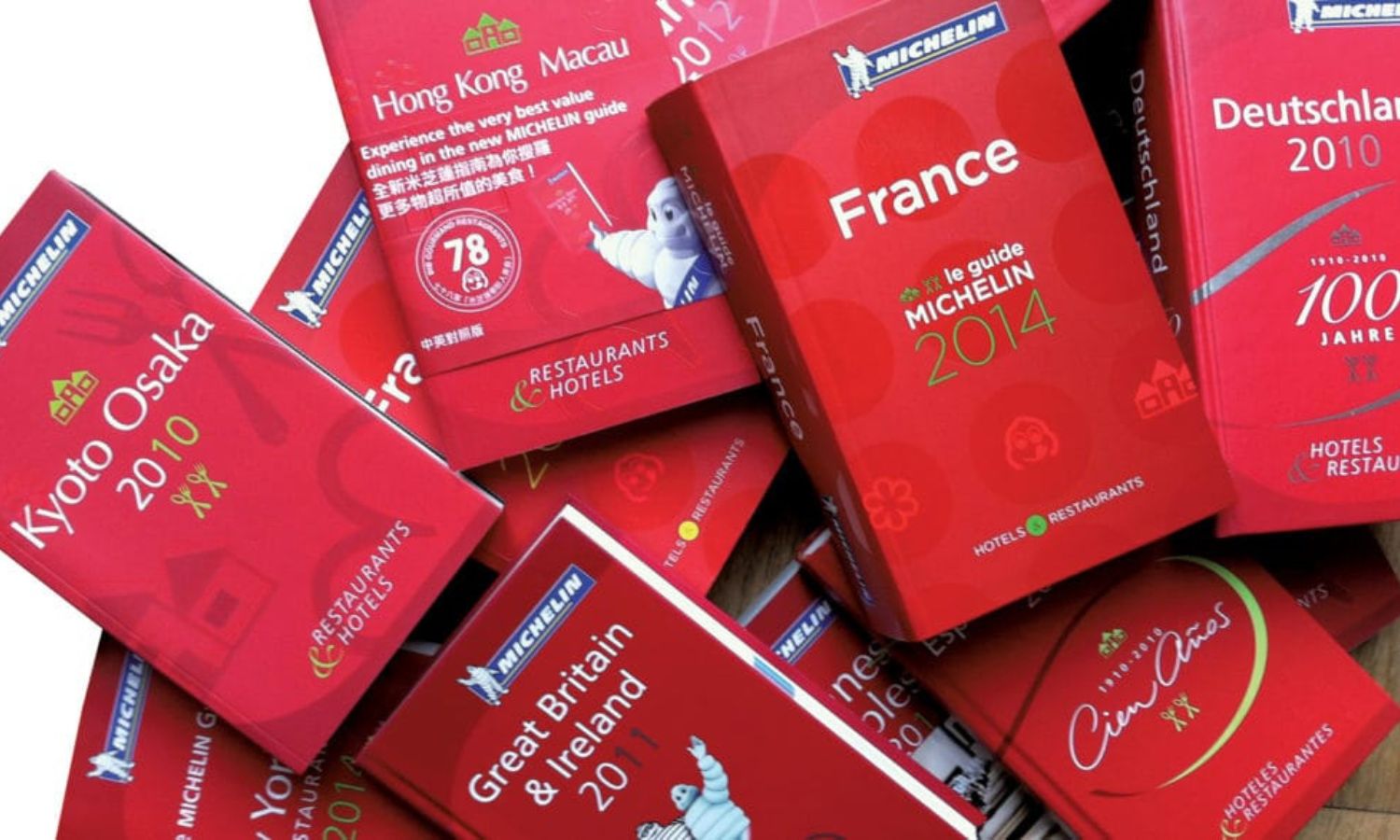
Today, the Michelin Guide casts its discerning eye over 40,000 establishments in over 24 territories across Europe, the Americas and Asia. Thirty million guides have been sold worldwide, although these days, you’re less likely to pick up a red book and more likely to read about it online.
Still, it seems the road trip guide turned restaurant road map is as relevant in the 21st century as it was in the 1900s. Or is it? At its core, the guide had every intention of driving tourism, the great adventure of the perpetual search for extraordinary dining experiences around the world. But can we say that’s still true? And if that’s the case, why doesn’t Australia have a Michelin Guide?
For the latter, it all depends on who you ask. Some will tell you it’s because there are not enough fine-dining restaurants in the country for it to be worth coming here. Others say it’s the antithesis of Australia’s dining prowess. Then there’s the fact that we likely just don’t care. There seems to be no definitive answer.
For the former, some will say the Michelin Guide doesn’t bear the same weight it once did or as it still does in parts of Europe. It is, after all, based on the classic French dining criteria, which we, as diners, no longer hold in such high regard.
Either way, the Michelin Guide has had a profound impact on the restaurant industry, for better or worse, and remains one of the most important and influential restaurant guides on the planet—even to its detractors. So the question remains: Would we care if it came to Australia?
The Revelation is Poppycock
I was 22 when I first rubbed shoulders with some of the world’s top chefs, who congregated in the Ziegfeld Ballroom in New York City for the Michelin Star Revelation. They eschew terms like “awards” or “announcement” and opt for “revelation,” which, in truth, should tell you what you need to know about Michelin.
No expense was spared clothing the ballroom in crimson red, stocking bars with top-shelf booze, and the food, well…is what you’d expect it to be—from Michelin-starred restaurants like L’Atelier de Joel Robuchon. Even the ice in my old fashioned was stamped with the Michelin star and covered in gold leaf, and tins of Petrossian caviar were served on Michelin-branded ice sculptures. Anyone who was anyone was there.
I’ll admit it was one of the highlights of my early career. What 22-year-old wouldn’t take pride in being invited to such a prestigious event to eat and drink food that cost more than two months’ rent? Nonetheless, I was grateful to be there. Everyone was.
It was also the moment I realised the reverence of the Michelin Guide was waning. Not that the chefs would ever admit it, but after interviewing a dozen of them at the end of the night, I could see their ardour for the coveted star had dwindled. They, like me, were there for the grandiose of the event, the networking, the status.
“I didn’t choose this profession because the only thing I wanted was stars,” Daniel Boulud, of two Michelin star restaurant, Daniel told Vanity Fair. “I chose this profession because I love cooking.”
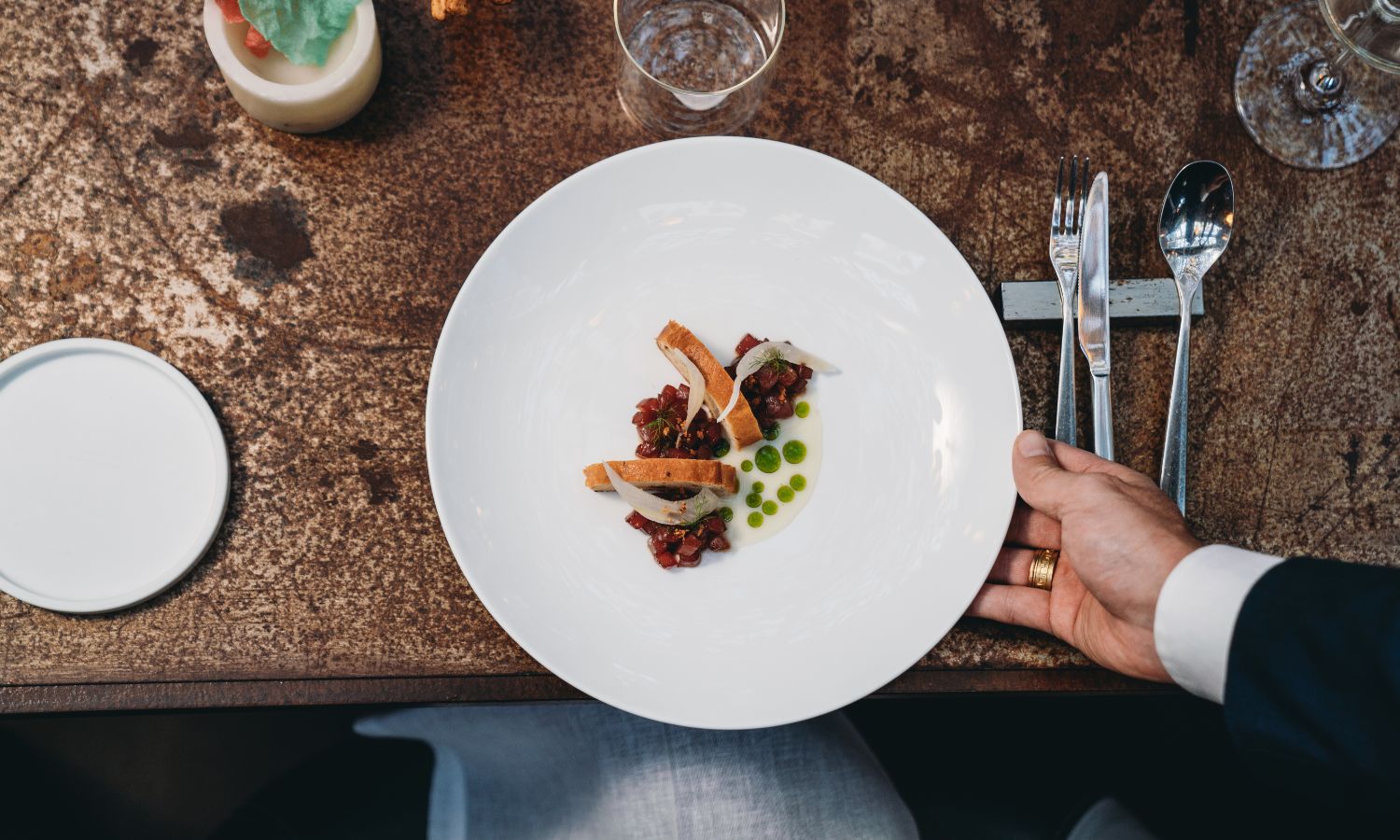
The Criteria Doesn’t Add Up
It took 105 years for the Michelin Guide to reach the United States. If that doesn’t tell you what you need to know, then I’m at a loss. Even when it eventually arrived, the criteria didn’t evolve; it remained rooted in traditional French dining standards. It’s akin to attempting to fit a square peg into a round hole, a notion that wouldn’t resonate with Australia’s diverse dining scene. Our culinary landscape is a mosaic of triangles, rectangles, octagons, and a myriad of other shapes. We take great pride in this—wouldn’t Michelin just stifle our creativity?
Jacqui Challinor of NOMAD Group shares the same sentiments. She stated, “We don’t want it, and we don’t need it,” when asked if the Michelin Guide would work in Australia.
Challinor sees the Michelin system as a wildly different rating system to what we currently have in Australia, being The SMH Good Food Guide Awards, which awards hats, one to three, Delicious 100, and the World’s 50 Best.
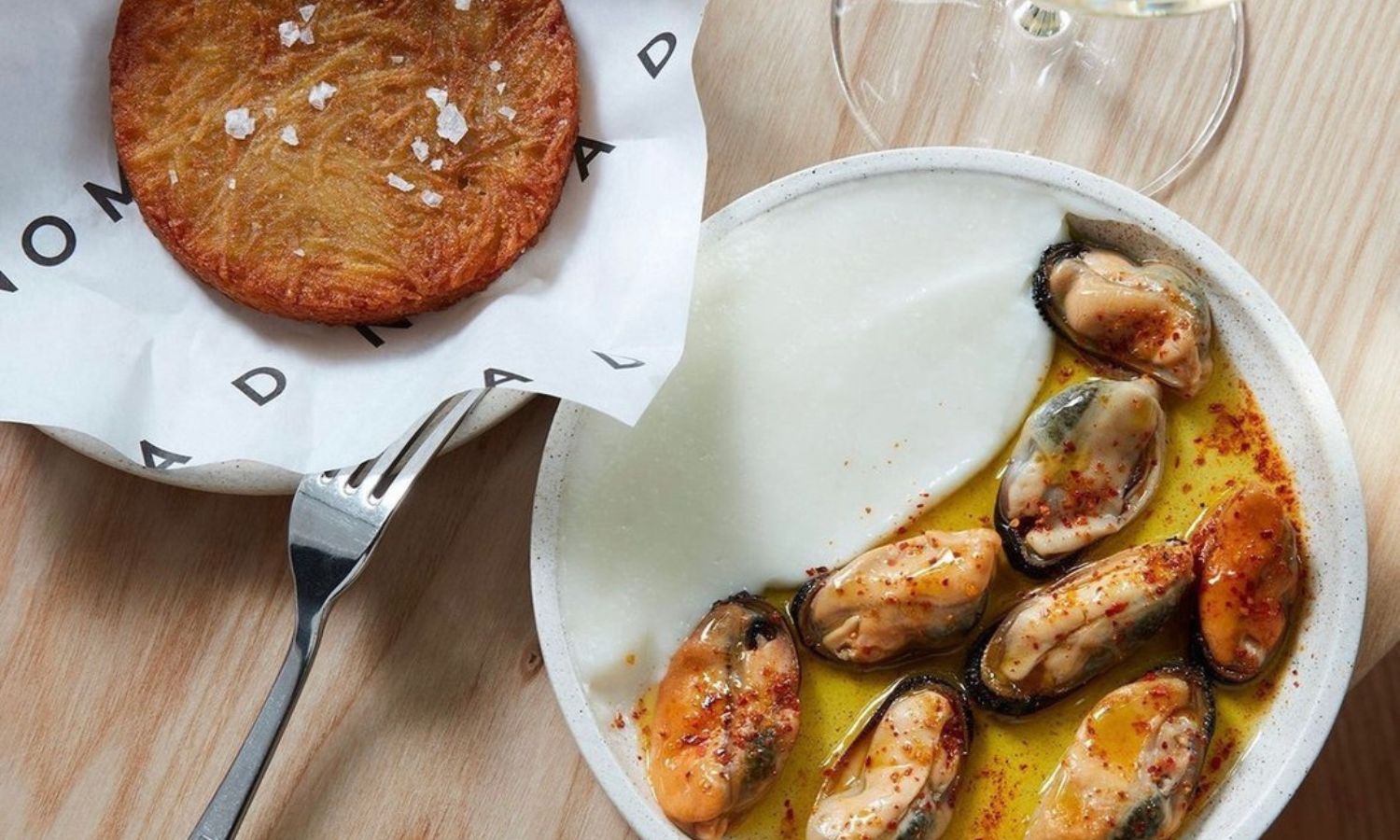
“I don’t know if Australians value the Michelin standard and model of dining as highly as Europeans do. There will always be a space for fine dining, but from what I’ve seen over the last ten years of having Nomad and how my friends and I like to eat, people want food that’s accessible to them,” she said.
“They want food that isn’t going to cost them a month’s salary. They want food that they can be jovial and engage in instead of sitting in a stuck-up dining room with stiff penguin suits and stiff napkins and spaces where you can’t be yourself.”
Then there’s the consequences of losing a star. It’s akin to getting a bad review in SMH but threefold. Challinor admits she has worked hard to shift her mindset over the years away from focusing on things that would get the attention of critics and awards.
“I would have creative ideas, but I’d often find myself second-guessing them, wondering if they deserved accolades or what Terry Durak might opine about them,” she said.
“It’s nuts because I might have abandoned what could have been an outstanding dish simply because I didn’t believe it was sophisticated or at the calibre needed for Nomad to attain prestigious chef’s hats and similar recognition.”
Challinor argues that food should be celebrated for its diversity, recognising that individual palates vary widely, and a dish that doesn’t resonate with one person might delight another.
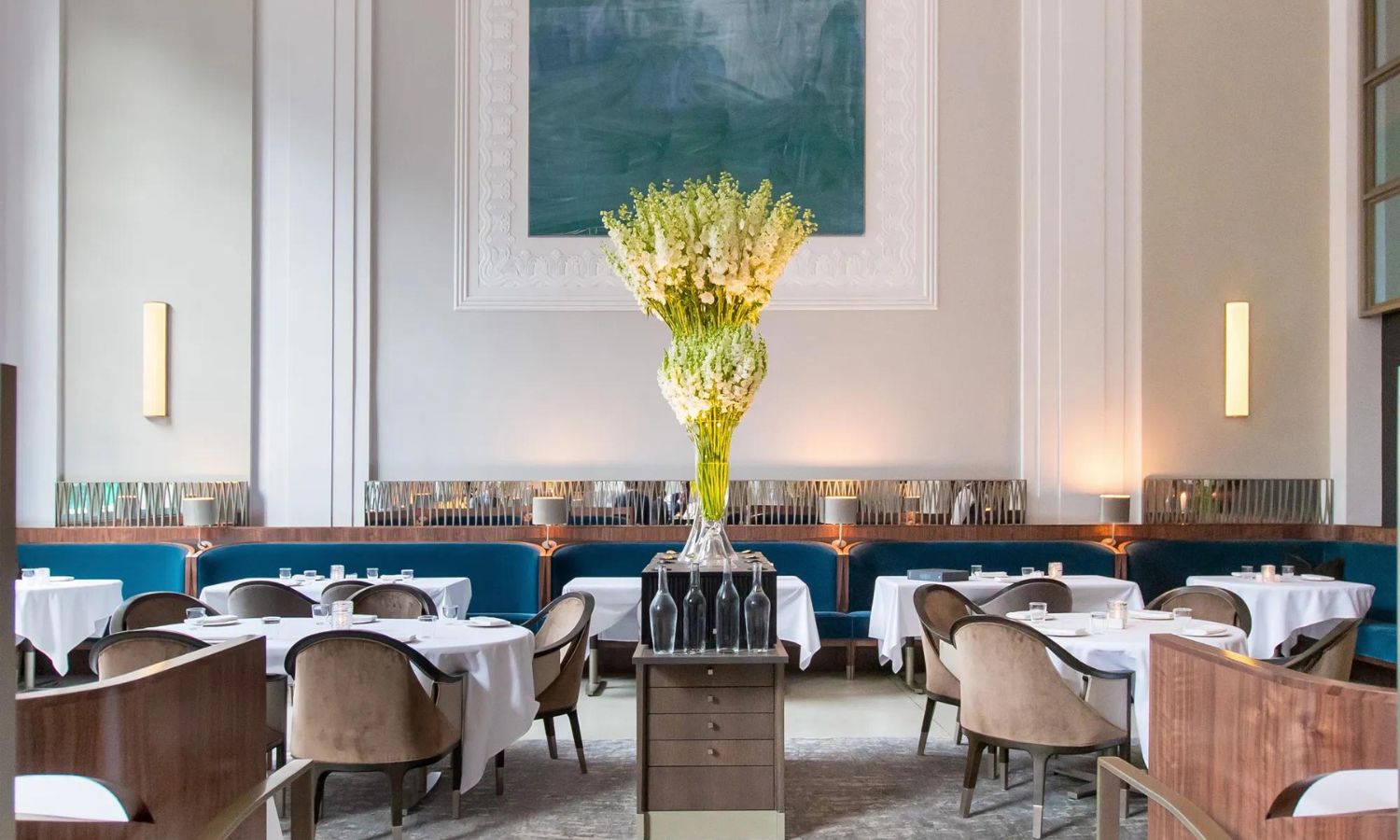
It’s Too French
Michelin has been called into question many times for being “too French.” Industry professionals have argued the guide has no right to pass judgement on the food of other cultures. Then, in 2007, Michelin sprinkled its stars across Asia, starting with Japan’s major cities, Kyoto, Osaka, and Tokyo.
In 2016, Michelin injected Singapore, known for its diverse and vibrant food scene, with stars. The first Singapore edition had a total of 38 restaurants, but only one restaurant walked away with three stars. This number has significantly grown since and evolved to include a street food vendor claiming a star. It marked the beginning of street food and the stars—the impact rippled through the globe.
Chan Hon Meng, the chef and owner of the two Michelin-starred street food kiosks, Hill Stree Tai Hwa Pork Noodle and Hawker Chan Soya Sauce Chicken Rice and Noodle, in Singapore’s Chinatown district, became a local legend following the announcement. The dishes that impressed the inspectors were a generous portion of noodles with pork meat and a vinegar sauce and lacquered chicken seasoned with soy sauce. Both meals cost around three dollars a portion, which, when you consider the cost of a Michelin restaurant meal, is around $250 per person; this affordability presents an accessible and enticing alternative for Michelin. Of which they were praised.
Slowly, Michelin made its way around Southeast Asia, including Thailand’s Bangkok, Malaysia, and Vietnam in 2023. Given the close proximity to these countries, one could speculate Australia could be next.
While an influx of French and European-inspired restaurants has graced Australian soil, it’s imperative to acknowledge that Australia’s culinary identity is decidedly non-French. The pertinent question looms: will Michelin adapt its criteria for Australia as it has done in the Asian context?
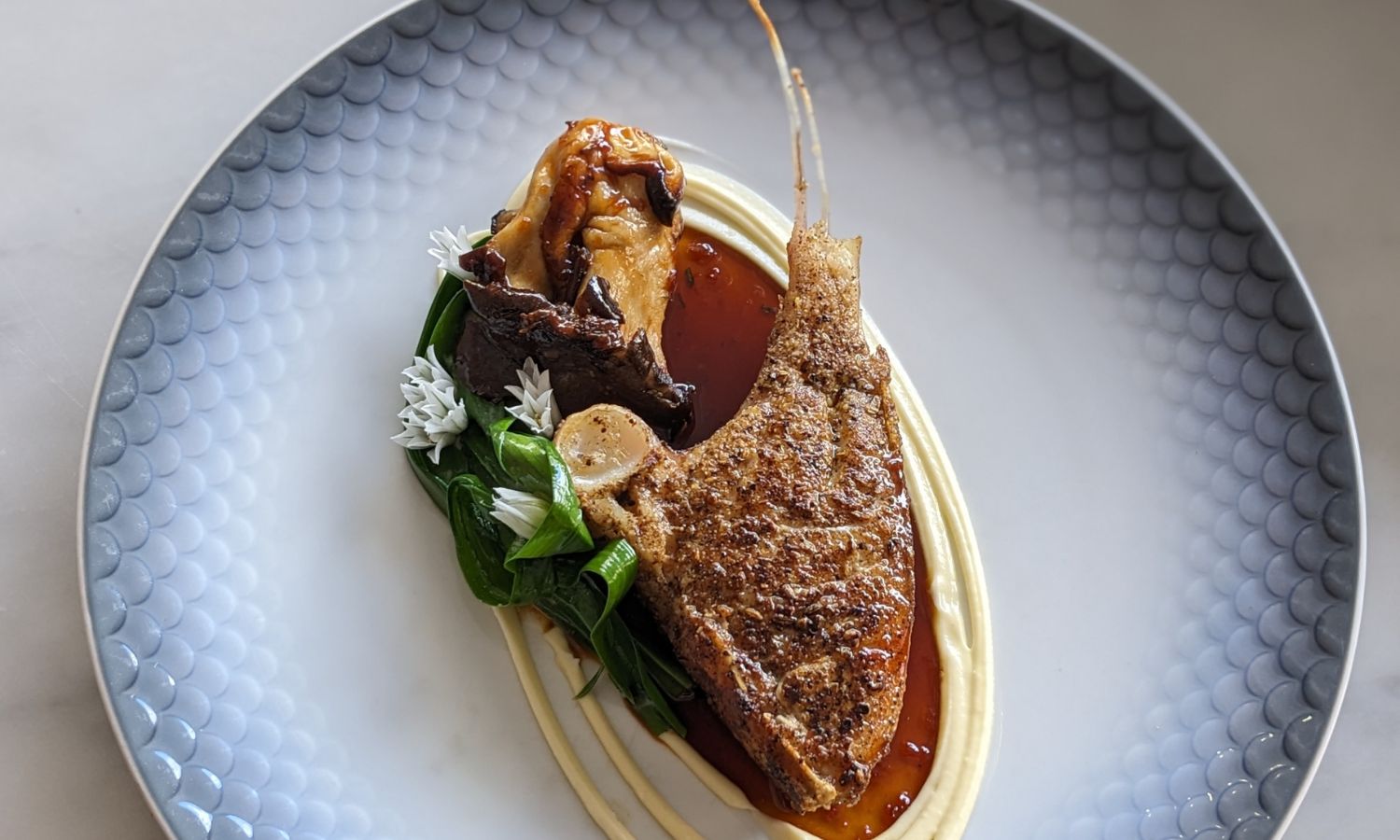
Josh Niland, often dubbed the “seafood king of the world,” as we (Australians) like to claim, has some reservations about Michelin making its way down under. He recalls when Gault & Millau, a similar system to Michelin, based in Europe, came to Australia.
“We had just opened Saint Peter, and there was a bit of excitement around it coming here, mainly because it would put our restaurants and food on the international stage, but I guess it didn’t last,” he said.
Niland ponders whether Michelin might encounter a similar trajectory, witnessing some chefs going to the “lengths of the earth” to secure their coveted stars while others prefer to remain content within their culinary domains. However, when evaluating the potential response from the wider public, Niland concedes that it remains uncertain, capable of swinging in either direction.
“They might be enthusiastic, impassive, or indifferent, I can’t say for certain. We Aussies have typically had a laid-back approach, and as long as the food remains outstanding, I believe patrons will continue to frequent these establishments, whether they boast Michelin stars or not.
“Even if it does come here, it might take a few years to be welcomed with open arms; it just depends on how sticky it becomes.”
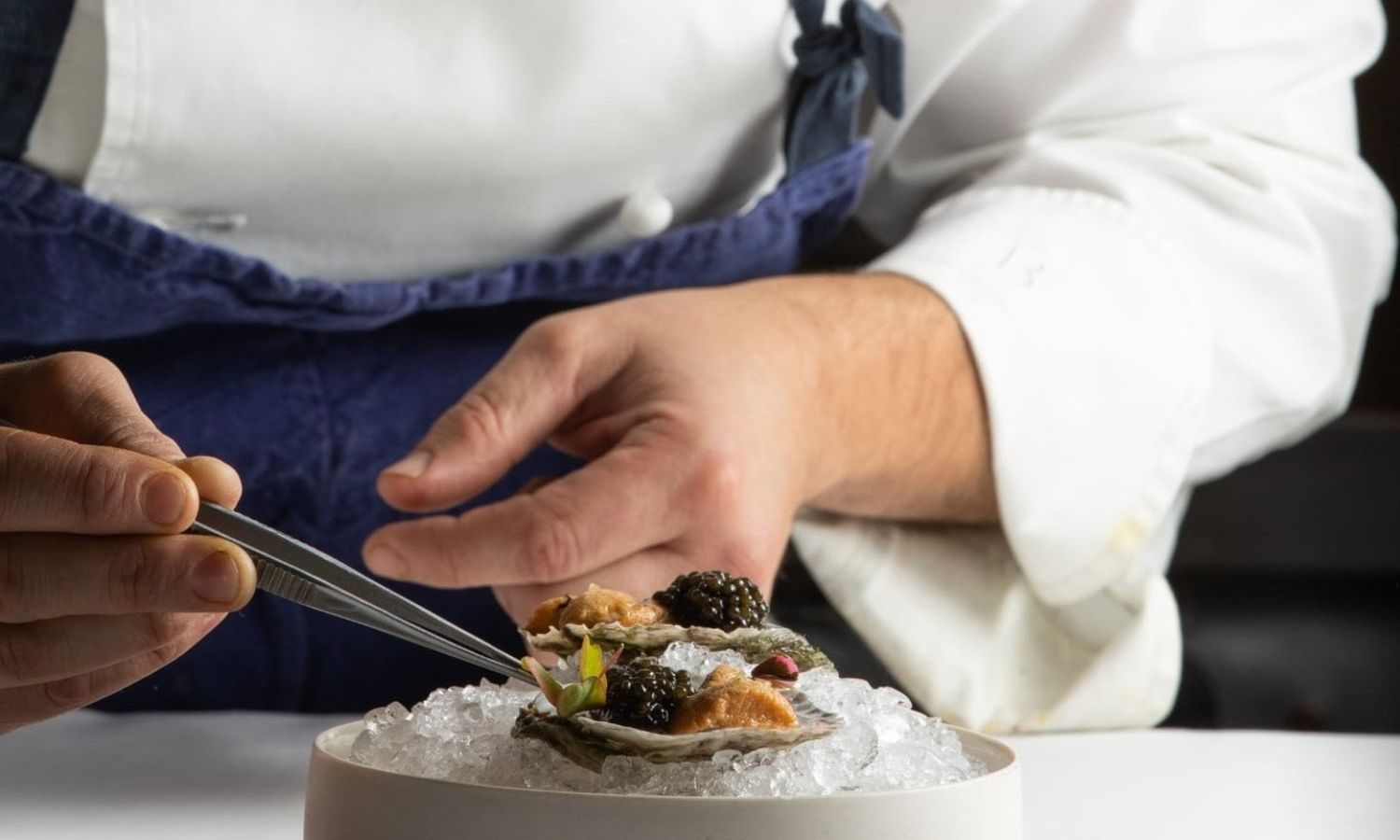
The Cost is Too Great
Ultimately, the cost of a Michelin star is too great, which became painfully apparent in 2003 when French chef Bernard Loiseau shot himself with a shotgun. It has never been proven, but there is wide speculation as to the reason behind Loiseau’s suicide, and it has to do with his impending loss of a star.
His good friend, Daniel Boulud, told Vanity Fair, “Loiseau was so scared of Michelin,” recalling a time Loiseau told Boulud, “If I lose a star, I’ll kill myself.”
In 2016, Chef Benoit Violier also committed suicide, with speculations the pressure of the job contributed to the tragedy.
The detrimental impact of a star demotion on a chef’s reputation and the tragic consequences it can trigger is profoundly distressing and enough to deter any country from adopting such a system that can have disastrous outcomes. So, then, why do we still care about Michelin?
As outlined in a Washington Post article, the heightened awareness of the mental health challenges faced by chefs navigating the relentless crucible of the high-end restaurant industry has instigated a shift in perspective. This change is particularly pronounced following the heartbreaking losses of luminaries like Loiseau and Violier.
Challinor reminisces about the days as a “baby chef” when she panicked over a restaurant reviewer entering her dining room. “It’s almost as if the room goes dark,” she said.
“I’ve read some terrible reviews and felt the pain of the person on the other end of it. It’s horrible to be so publicly judged. It’s soul-crushing.”
Then there’s the matter of cost.
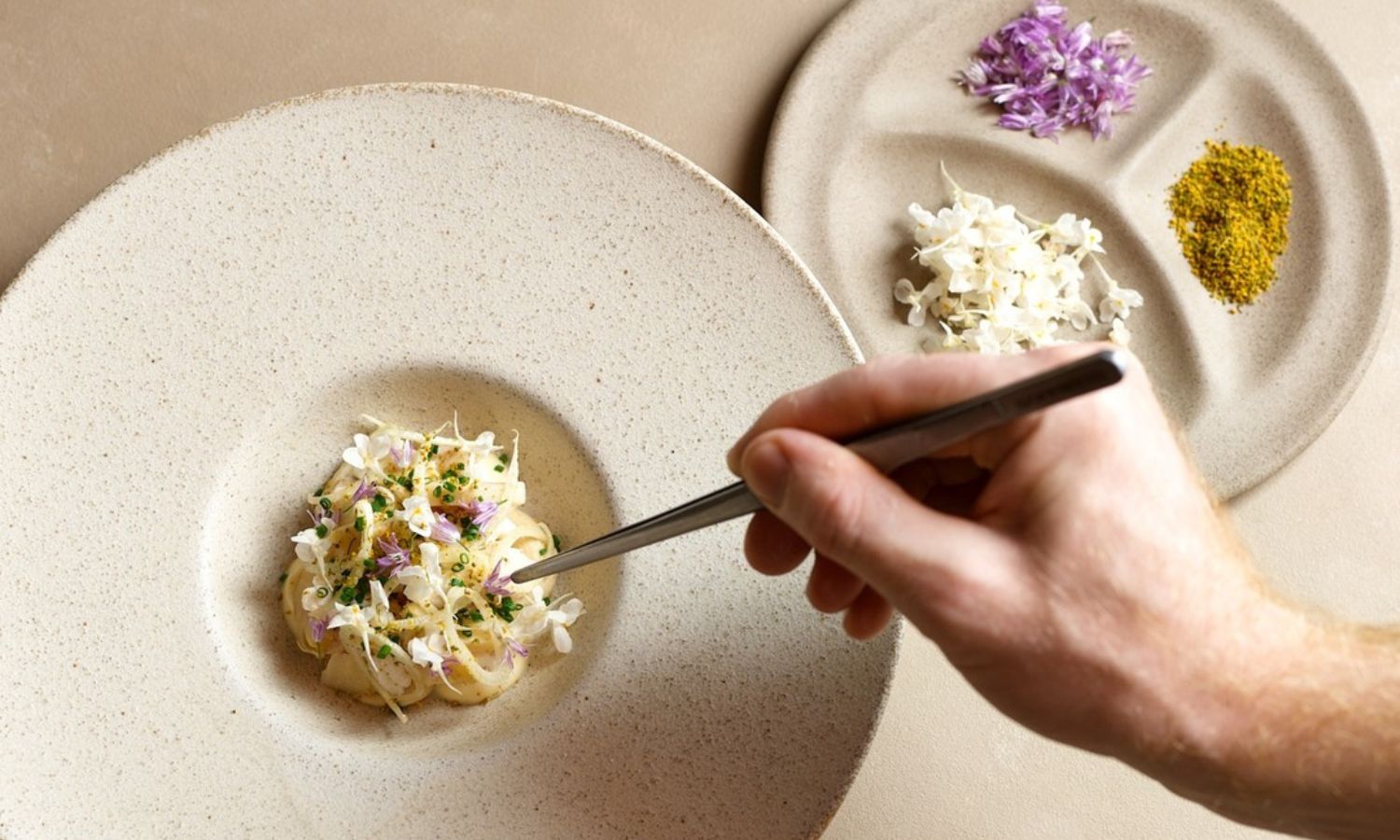
The straightforward reason Australia won’t witness the arrival of Michelin stars is simply because they aren’t willing to foot the bill,” asserted Ben Liebmann, who held the position of Chief Operating Officer (COO) at Noma for an impressive seven-year tenure. Noma, under the stewardship of chef Rene Redzepi, has consistently garnered accolades as arguably the world’s finest restaurant for numerous consecutive years. Liebmann played a pivotal role in steering the business’s evolution from a singular dining establishment to a multifaceted hospitality enterprise.
He also spearheaded the transformation of MasterChef, elevating it from a television franchise into a global juggernaut brand. His deep-rooted connections within the industry, particularly in the context of Michelin, are unquestionable.
“Michelin, like any system, essentially hinges on financial considerations. They gravitate toward those willing to invest in their recognition,” he divulged.
According to a report from The Washington Post, South Korea extended a financial incentive to entice Michelin to evaluate its culinary scene as part of a strategy to boost tourism. A similar scenario unfolded in Colorado, as outlined in The New York Times. The report details how Colorado allocated a substantial sum of $600,000 to collaborate with Michelin in the development of a dining guide. Interestingly enough, the star ratings were exclusively granted to restaurants situated in Boulder, Denver, Aspen, Vail, Snowmass, and Beaver Creek—a decision that rankled chefs in municipalities that did not pitch in.
Liebmann also pointed out that Australia just doesn’t possess the extensive roster of restaurants required to warrant Michelin stars. This, he assured me, should be regarded as a positive aspect.
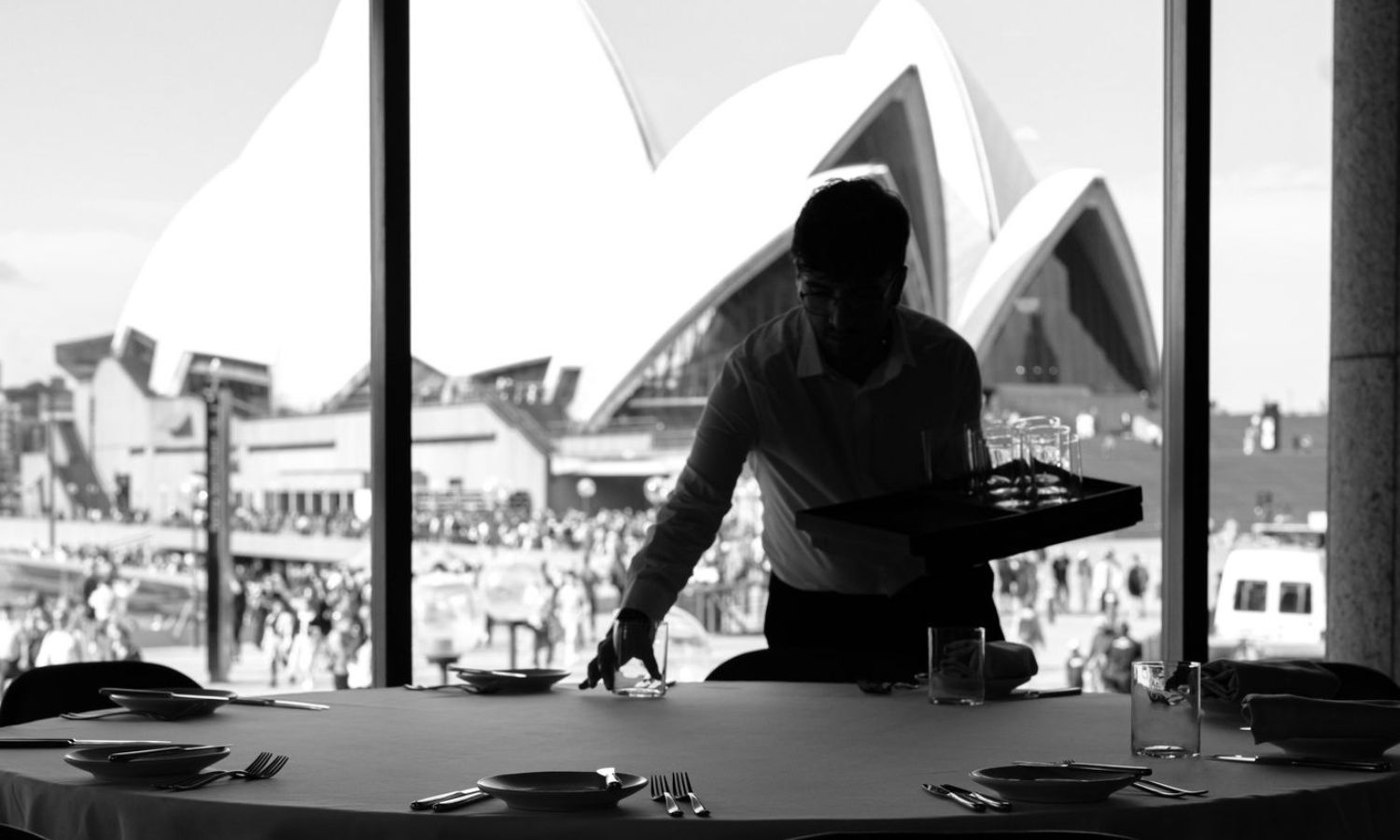
“I can certainly identify a handful of restaurants that could earn a Michelin star, but when it comes down to it, I know the chefs behind these establishments, and they aren’t particularly inclined to seek such accolades,” he affirmed.
“We don’t necessarily need Michelin in Australia. The prevailing culinary ethos here leans towards a more relaxed, unpretentious approach. We’re graced with exceptional dining options, and we’re well aware of it. We consider ourselves quite fortunate, so why would we want to spoil that?”
Related: The Irresistible Allure of the Tasting Menu, and Why It’s Worth It
Related: 22 of the Best New Bars and Restaurants in Sydney to Add to Your Hitlist
Read more stories from The Latch and subscribe to our email newsletter.
To get help 24/7, phone Lifeline on 13 11 14 or the Suicide Call Back Service on 1300 659 467. If you or someone you know are in immediate danger, phone 000 for emergency services.


